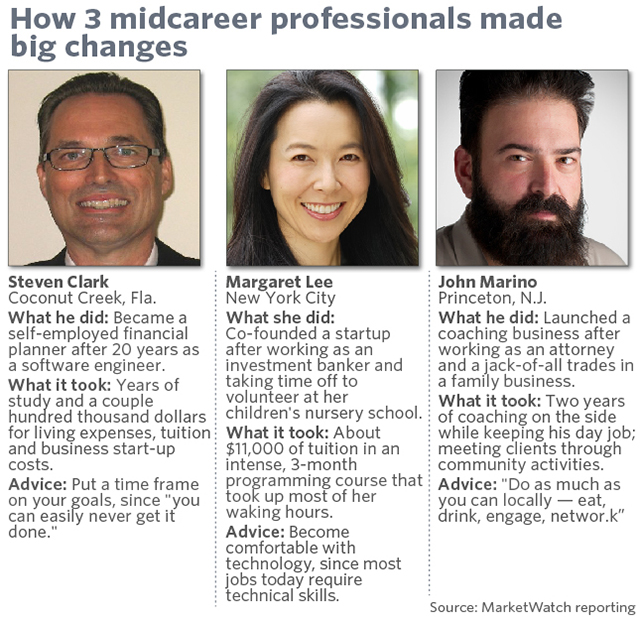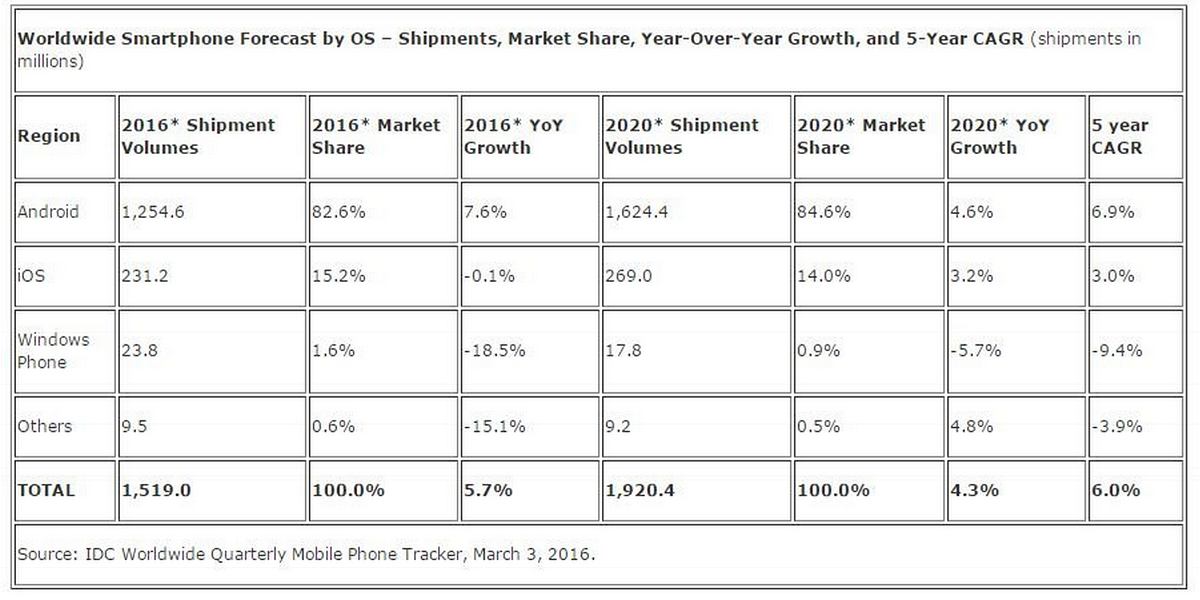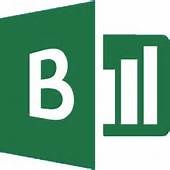Ben Austin, Sr. Product Marketing Manager, Continuum Managed Services
Are you looking to capture additional monthly recurring revenue (MRR) by selling your backup and disaster recovery (BDR) solution to more clients? If so, you have to understand the overall sales process and particularly, the Discovery phase, which is meant to help you identify the best  candidates for your BDR solution.
candidates for your BDR solution.
To identify those small-and-medium-sized businesses (SMBs) with the highest probability of adopting your solution, begin by getting to know them. Uncover their needs by asking the following 10 questions.
Gather Preliminary Information
This first set of questions helps you establish a baseline regarding data management needs. Before you can begin qualifying, you need to know what kind of IT environment you're working with. Are there any constraints? What's the SMB's attitude toward BDR solutions, and do they have a history of backing up data?
1. What type of customer records are you storing?
Examples: sales receipts/billing, contact information, private/confidential records
2. How are you currently storing that data?
Examples: physical copies, local laptop/desktop, local server, off-site storage
3. What regulations do you need to comply with?
Examples: HIPAA, PCI DSS, SOX, HITECH
4. What additional, non-customer related data are you storing on your machines?
Examples: proprietary information/documentation, marketing materials, primary research, competitive data, vendor contracts
Gauge Their Disaster Readiness
At this point in the sales conversation, you should begin asking questions to qualify the prospect. Getting the right answers is all about asking the right questions. What are the right answers? The ones that indicate whether or not the prospect is the right fit for your IT services. You want to weed out any unhealthy candidates that may stall your sales cycle or be "noisy," unprofitable clients down the line. To do this, evaluate their level of disaster preparedness by asking questions that identify whether the prospect needs a business continuity solution. Often, these questions are ones prospects haven't even thought to ask and trigger that "aha!" moment you're looking for in order to close them into clients later.
5. What problems have you faced in the past related to data loss or corruption?
Asking this question gives you historical context that can help you judge a prospect's disaster readiness. It introduces any problems you may be walking into if you sign the client, and helps you later cater your sales pitch or presentation toward real-life scenarios that the prospect can relate to.
6. What percentage of your standard business operations would be impacted if your records/data were temporarily unavailable or deleted?
Asking hypothetical questions like this is a useful MSP sales tactic! By asking this question, you should hope to have your prospect recognize the value of their data. At the same time, the answer they provide can help you judge whether the SMB has a need you can fill and is therefore worth pursuing.
7. How long could you keep your business running without access to your data?
Again, the benefit here is twofold. You get the qualifying answer in discovering if the SMB will benefit from your solution. And at the same time, you gain an opportunity to explain the typical, severe repercussions of prolonged downtime after a disaster.
8. What is your current plan for protecting the integrity and security of your data?
Like the previous sales discovery question, this one helps you position your value proposition as your clients' virtual CIO (vCIO). More often than not, the SMBs you talk to won't have any kind of business continuity plan or disaster response procedure in place. They don't have the time or in-house expertise to compile and manage such a framework. This is where you can really shine as their advisor. If the prospect has no business continuity plan, you can explain the reasons for developing one, walking them through the initial steps of creating and testing it. If the prospect has already implemented a disaster recovery (DR) plan, listen as they provide the details. Don't discount prospects that claim they already have a DR plan. They may be mistaken, it may not be in use or it may require significant improvement that you can provide as their vCIO.
9. What are your top priorities as far as data backup and disaster recovery is concerned?
This is a general catch-all to help you understand a prospect’s general mindset about the value of BDR and what they think you can provide. It's also a more direct question that can help you determine whether a prospect has benefited from having a BDR solution in the past. Perhaps in expressing their priorities, the prospect expresses dissatisfaction with a competitive service. This not only gives you a leg up, but helps you tailor your proposal and eventual onboarding process to best serve the SMB.
Steer The Conversation Back Toward Purchase Intent
The best way to do this is to first ask the prospect what their previous purchases were and what the return was. Notice the subtle difference between asking "Are you interested in buying from me?" and this last, better question:
10. What investments have you made in hardware/storage over the last four to five years?
If the prospect has made recent investments in hardware or physical storage, this should signal to you that they likely understand the value of data integrity/security and are willing to make investments (such as cloud storage) to ensure that their data is safe. If they have not made recent investments in this area, the SMB likely needs your BDR services. Now, while this is also a favorable outcome, understand that they may need more convincing to see the overall value of your business continuity services. As a result, your sales cycle may be extended.
When selling BDR, you have to get to know the prospect and their business needs first. Modern, client-centric sales involves talking with, NOT talking at, SMBs. The ten discovery questions shared in this post should help you start that dialogue, pinpoint worthwhile, high-close prospects and move them further along through the MSP sales journey. Once you know who to target your sales presentation and proposal to, you'll have all of the necessary information to personalize your offering to their individual needs.
Are you looking to boost your BDR sales efforts? Continuum's new Business Continuity Sales Success Kit provides ample resources that can be completely customized to best suit your business, as well as actionable, informative and educational content—such as scripts, talk tracks and more—to train new sales team members about the unique benefits and sales propositions inherent to backup and disaster recovery platforms. While it may be used with any BDR sales, this kit is designed to be used seamlessly with Continuity247™, Continuum’s fully-managed backup and disaster recovery platform. Download the Business Continuity Sales Success Kit here!
The preceding blog post was originally published on Continuum’s MSP Blog.
Ben Austin is the Sr. Product Marketing Manager for Continuum’s backup and disaster recovery products. He has experience in high-velocity content marketing and demand generation. He graduated with a degree in journalism from Emerson College and has spent his career researching and writing about the B2B tech industry.
 close to half of the world’s population now have access to the internet, compared to just 20% in 2007. As broadband internet becomes cheaper to connect and use, it is only fair to expect a tsunami of IoT from 2017. The concept of IoT is to connect every powered device to the internet; once it can be turned on and off, why not hook it up to the internet?
close to half of the world’s population now have access to the internet, compared to just 20% in 2007. As broadband internet becomes cheaper to connect and use, it is only fair to expect a tsunami of IoT from 2017. The concept of IoT is to connect every powered device to the internet; once it can be turned on and off, why not hook it up to the internet?


 the low-hanging fruit that we have already adopted. The conundrum we face is that new solutions typically require a significant commitment of time and money in order to learn how to implement, manage and sell them while generating an acceptable return on that investment as quickly as possible. As a result, inaction and procrastination hold us back when we should be proactively expanding our solution stacks.
the low-hanging fruit that we have already adopted. The conundrum we face is that new solutions typically require a significant commitment of time and money in order to learn how to implement, manage and sell them while generating an acceptable return on that investment as quickly as possible. As a result, inaction and procrastination hold us back when we should be proactively expanding our solution stacks.
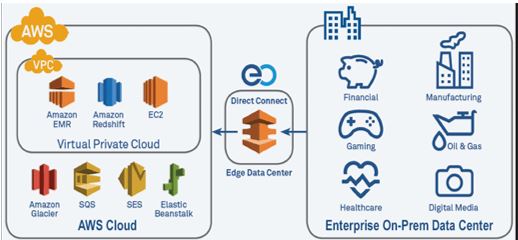
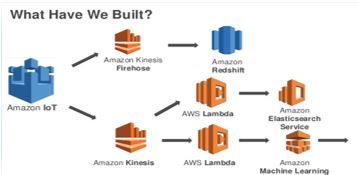







 candidates for your BDR solution.
candidates for your BDR solution. longer are we solely relying on premises-based technologies to keep our day-to-day business activities going, but are, instead, deploying cloud technologies and accessing them from remote locations. While it seems that everyone is jumping on the new cloud services trend, it leaves many people wondering how it is affecting the traditional business channels, specifically its impact on distributors.
longer are we solely relying on premises-based technologies to keep our day-to-day business activities going, but are, instead, deploying cloud technologies and accessing them from remote locations. While it seems that everyone is jumping on the new cloud services trend, it leaves many people wondering how it is affecting the traditional business channels, specifically its impact on distributors. highly disrupted technology market. To date
highly disrupted technology market. To date  because of ageism but still have credibility as a start-up entrepreneur. Likewise, you can be a millennial in the new gig economy who embraces start-ups. It’s a big tent and there is room for all.
because of ageism but still have credibility as a start-up entrepreneur. Likewise, you can be a millennial in the new gig economy who embraces start-ups. It’s a big tent and there is room for all. Chocolate-covered bacon was on the afternoon snack cart.
Chocolate-covered bacon was on the afternoon snack cart. “Our pricing model of $89 per technician is both a fraction of the cost of an existing RMM player (not to mention PSA) and the fact that it is not Agent based pricing makes it totally disruptive.” As a privately-held company, Atera doesn’t release financial information but I can attest that its growth rate is significantly ahead of plan, having reviewed some internal information.
“Our pricing model of $89 per technician is both a fraction of the cost of an existing RMM player (not to mention PSA) and the fact that it is not Agent based pricing makes it totally disruptive.” As a privately-held company, Atera doesn’t release financial information but I can attest that its growth rate is significantly ahead of plan, having reviewed some internal information.

 there is truth to humor. Recently the New York Times article “
there is truth to humor. Recently the New York Times article “
 By
By 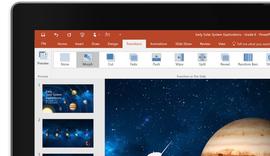 between the two has been scope.
between the two has been scope.
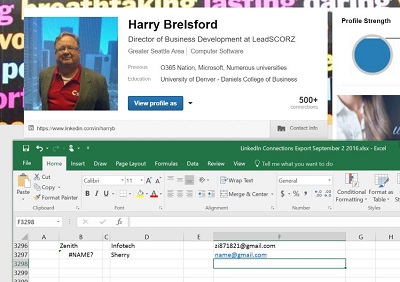

 Ben Austin, Sr. Product Marketing Manager, Continuum Managed Services
Ben Austin, Sr. Product Marketing Manager, Continuum Managed Services faster and more efficient. This unique technology gives
faster and more efficient. This unique technology gives 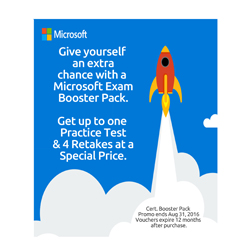
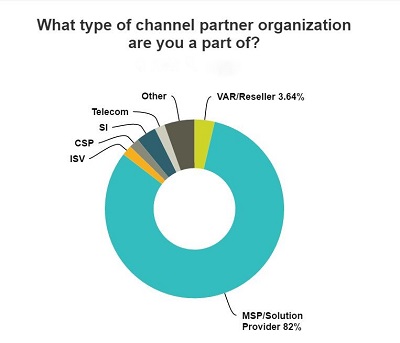





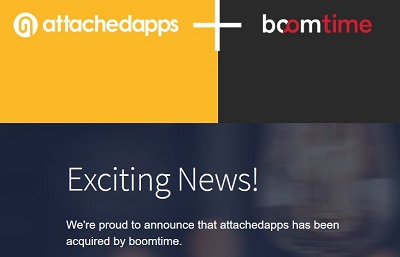

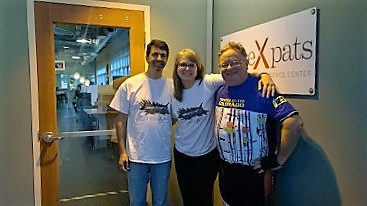


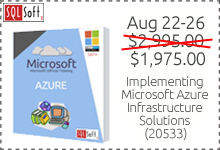

 Karl Palachuk as we talked about yesterday, today and tomorrow. Here are some select findings (to capture the entire conversation – please replay the webinar
Karl Palachuk as we talked about yesterday, today and tomorrow. Here are some select findings (to capture the entire conversation – please replay the webinar  and business – just as usual. And because we’re not getting any younger, it’s an picnic 2013 groupexcuse to see each other again. And with our editorial themes this year of start-up and/or start over, this is your chance to network with like-minded professionals.
and business – just as usual. And because we’re not getting any younger, it’s an picnic 2013 groupexcuse to see each other again. And with our editorial themes this year of start-up and/or start over, this is your chance to network with like-minded professionals.

 self-maintainer, you can benefit from the PowerSource professional community. PowerSource Online helps our members increase sales, build industry relationships and save time and resources with our best-in-class selling and sourcing tools.
self-maintainer, you can benefit from the PowerSource professional community. PowerSource Online helps our members increase sales, build industry relationships and save time and resources with our best-in-class selling and sourcing tools.  factors, such as their product and technical support reputation; whether the company provides sales and marketing support; financial incentives for selling products and services; and having a thorough and supported distribution channel. Once you have decided to partner with a vendor the relationship is dependent on your commitment level within their partner program. Lower levels typically provide fewer incentives and discounts than higher levels. Deciding to move up to a higher partner level may mean access to more benefits and vendor support, but it also requires that you make a significantly higher monthly or yearly sales commitment.
factors, such as their product and technical support reputation; whether the company provides sales and marketing support; financial incentives for selling products and services; and having a thorough and supported distribution channel. Once you have decided to partner with a vendor the relationship is dependent on your commitment level within their partner program. Lower levels typically provide fewer incentives and discounts than higher levels. Deciding to move up to a higher partner level may mean access to more benefits and vendor support, but it also requires that you make a significantly higher monthly or yearly sales commitment.
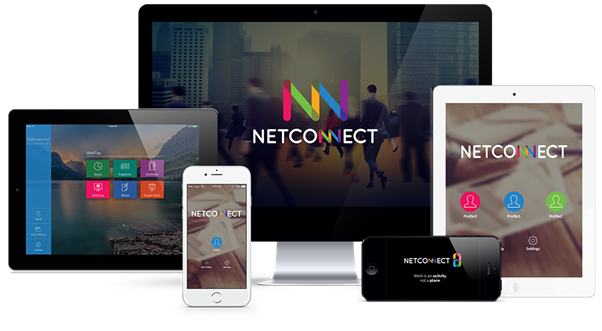



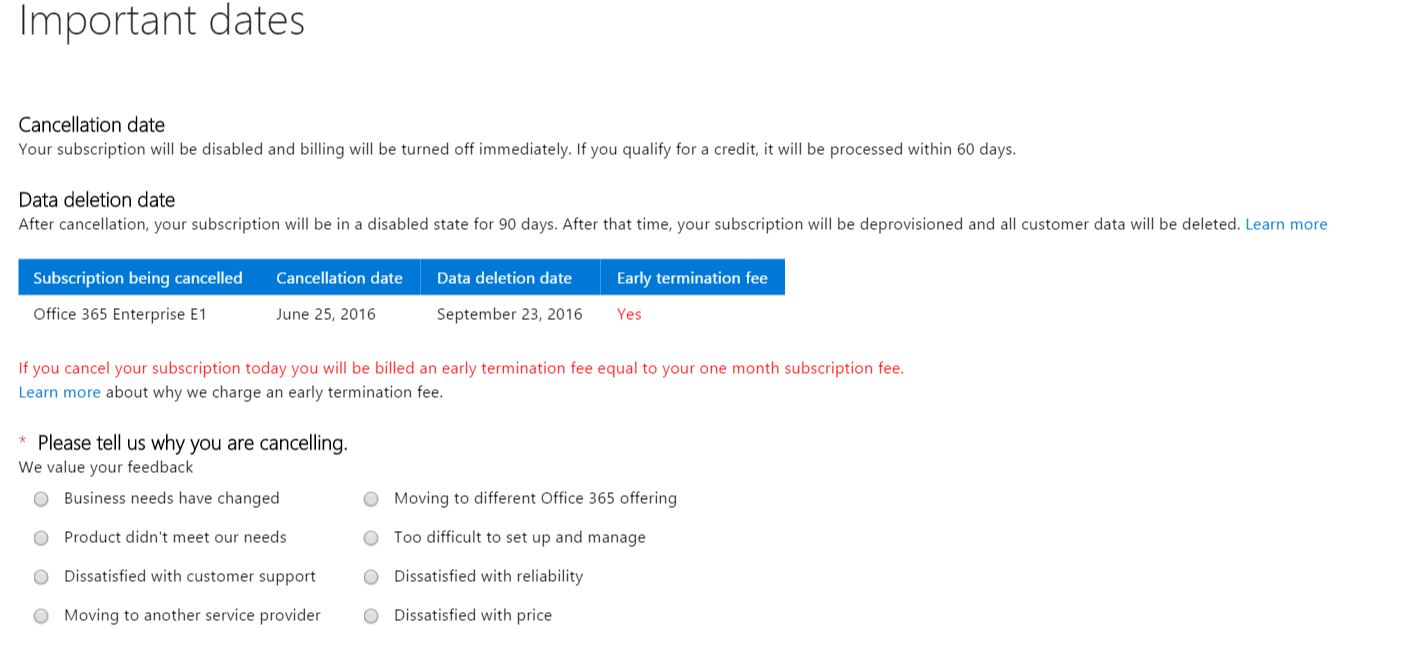










 only protect their existing customer base from being encroached on by competitors but also drive net-new customer recruitment. These market dynamics are forcing businesses to consider cloud based solutions as the answer. Are SaaS solutions the right answer for your business?
only protect their existing customer base from being encroached on by competitors but also drive net-new customer recruitment. These market dynamics are forcing businesses to consider cloud based solutions as the answer. Are SaaS solutions the right answer for your business? growth and competitiveness. Even so, there are legacy solutions that remain relevant and serve very specific needs within an organization. Virtualization is one of those ‘legacy’ solutions that continues to play a strategic part of a reseller’s or VAR’s portfolio.
growth and competitiveness. Even so, there are legacy solutions that remain relevant and serve very specific needs within an organization. Virtualization is one of those ‘legacy’ solutions that continues to play a strategic part of a reseller’s or VAR’s portfolio.












 The survey found that just under half of the respondents plan to migrate to Office 365, and a quarter of those will do so in the next 12 months.
The survey found that just under half of the respondents plan to migrate to Office 365, and a quarter of those will do so in the next 12 months.
 CANDIDATES from both parties have been talking a lot about the loss of American jobs, declining wages and the skyrocketing cost of college.
CANDIDATES from both parties have been talking a lot about the loss of American jobs, declining wages and the skyrocketing cost of college.


 Webroot SecureAnywhere® Business Endpoint Protection Integrated with Kaseya VSA Drives MSP Adoption and Scalable Enterprise Security Management
Webroot SecureAnywhere® Business Endpoint Protection Integrated with Kaseya VSA Drives MSP Adoption and Scalable Enterprise Security Management
